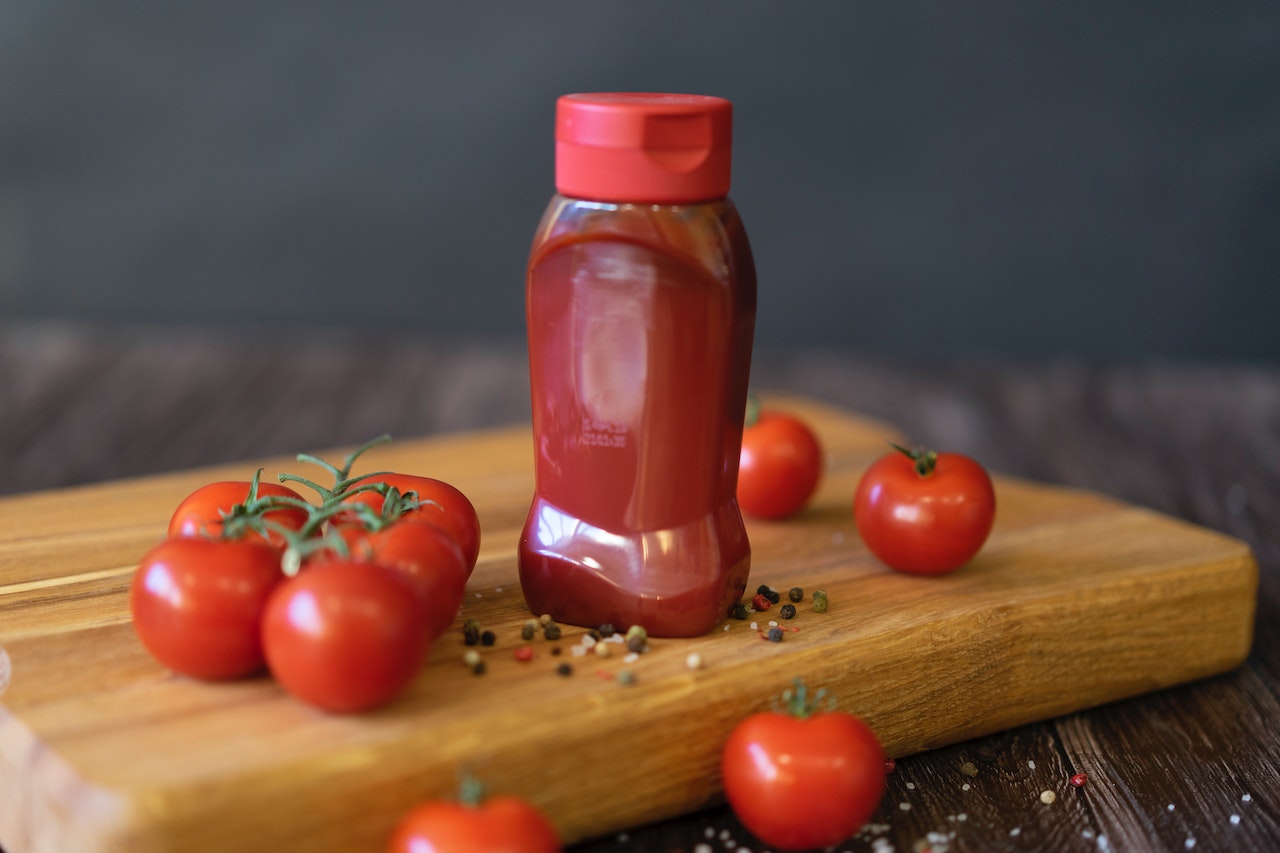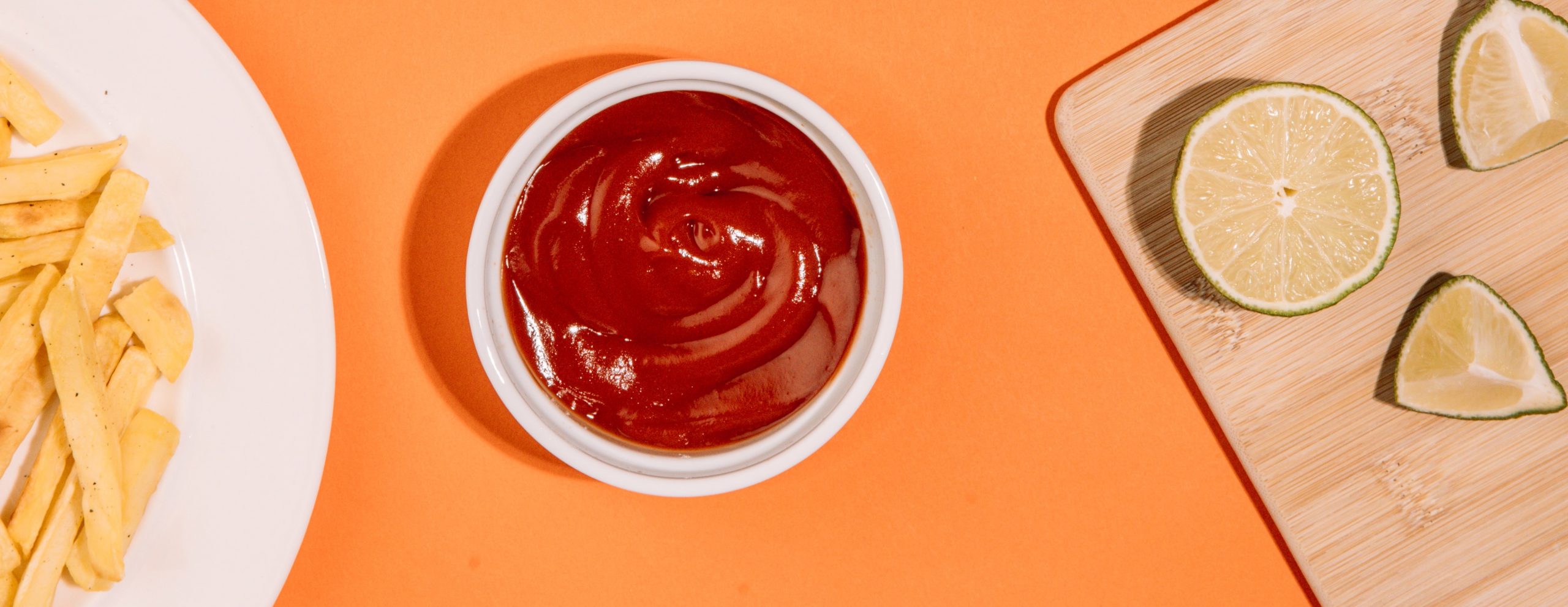Ketchup shows its true colors with vacuum cooking
There was a period when ketchup bottles looked more like poster colors than condiments. The fad filled retail shelves with edgy ketchup palettes of purple, blue, green, pink. But the introduction coincided with a growing appetite for unprocessed food ingredients, and producers quickly reverted to red ketchup.
Most consumers will not be aware of lycopene, the compound that gives tomatoes their pigment. However, they know that the natural color of ripe berries is a rich red. The era of multicolor ketchup was, alas, short-lived.
But ketchup is more than tomato sauce. The classic recipe combines vinegar, sugar, and seasoning into the base sauce. Cooking combines the aromas and reduces the sauce into a denser liquid. But while it enriches the taste and texture, the rise in temperatures turns the glowing red of the tomatoes into a fading brown.

Natural pigments on red alert
“Conventional industrial cookers subject the ketchup mixture to temperatures up to 100°C,” explains Maurizo Pettini from Frigojolinox. The elevated heat diffuses the natural pigmentation and makes the orange and yellow undertones of lycopene more pronounced.
The discoloration can be corrected with food-grade additives, often Allura Red AC (E129 / FD&C Red 40). However, preserving the original red pigment of the tomato sauce minimizes the degree of color adjustment required.
The trick is to balance temperatures with atmospheric pressure. Cooking the ketchup mixture under a vacuum reduces the thermal stresses considerably, circumventing the ‘burn’ effect caused by traditional high-heat cookers.
“Vacuum cooking is conducted at around 50°C and removes a significant measure of the thermal burden from tomatoes,” Maurizio tells us. The decreased pressure lowers the boiling point of the moisture content in the sauce and the water in the vacuum cooker.
Take the pressure off color, texture, and taste
Lycopene perishes under intense heat, but the vacuum technique treats them gently. While the ingredients combine and thicken into ketchup, the tomatoes retain vivid redness.
But that is not the whole story, Maurizio points out. Besides the color, vacuum cooking develops other organoleptic qualities. It controls the extraction of water which regulates the viscosity levels. Meanwhile, the low temperatures prevent the caramelization of sugars that often produce off-tastes.
The vacuum technique protects the natural color of tomatoes and produces more authentic ketchup hues. However, that is no guarantee that the polychromatic craze will not make a comeback.
